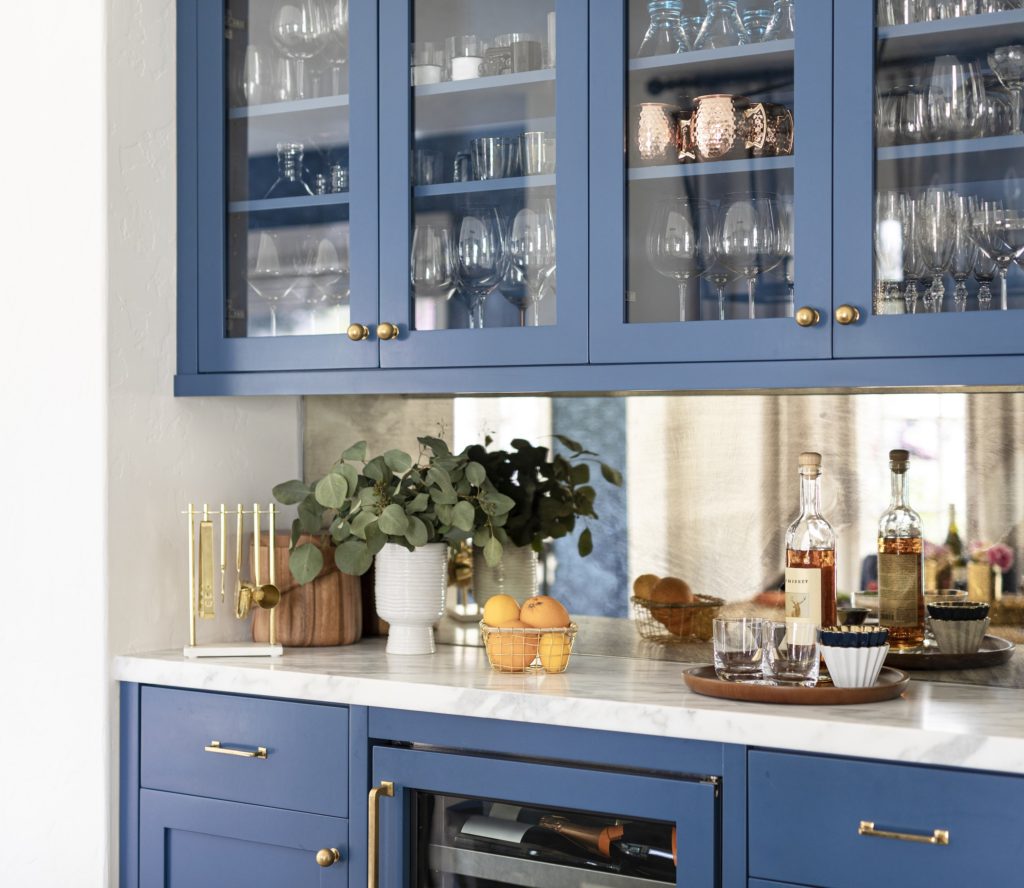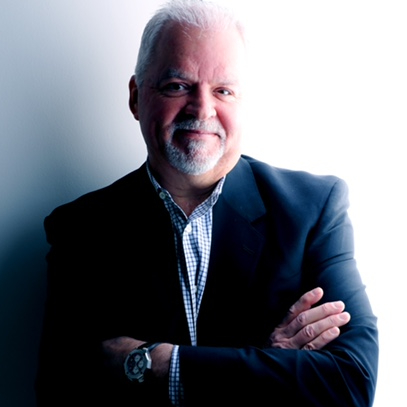Water-based topcoat paints were initially developed in the early 1980s as a safer and better quality alternative to toxic solvent-based paints and finishes. But they didn’t take off right away. Until recently, there were still a lot of kinks that needed to be worked out with the formula.

In the early days, water-based topcoat paints were actually a lot harder to apply due to their extreme and precise temperature-control and surface cleanliness requirements. Moreover, they lacked a certain amount of durability and resilience and were prone to scratching, even once they were fully cured. Over the years, water-based topcoat paint production companies have made significant formula and product improvements to ensure easier application and long-lasting results that have even surpassed their solvent-based counterparts. As a result, more painters and kitchen cabinet painting and refinishing companies in Toronto are happily switching to water-based topcoat paints. Booth7 is one of them.
What Are Water-Based Topcoat Paints?
After staining or painting your kitchen cabinets, it’s important to apply a protective coating that prevents damages based on various types of contact with different elements. Topcoat paints are designed to prevent nicks, scratches, smudges, blemishes, food stains and other types of damages that can tarnish the look of your kitchen cabinets.
Polyurethane, epoxy, or acrylic are typically used as a protective coating or varnish in water-based topcoat paint—the same elements that are used in traditional solvent-based topcoats. The difference is that in the process of making water-based topcoat paints, these resins are suspended in water alongside a solvent that slowly evaporates, most commonly glycol ether. When sprayed onto a surface, the water component evaporates fairly quickly, leaving behind a slow evaporating glycol ether solvent that eventually adheres to the wood surface and forms a protective film as it dries. This is what’s known as curing in the kitchen cabinet painting and refinishing industry.
How Are Water-Based Topcoat Paints Different Than Solvent-Based Paints and Stains?
The difference between the products is that water-based paints use water as base in lieu of traditional solvents. However, the misconception is that they don’t contain any solvents at all, which as we’ve established, isn’t necessarily the case. It just means that water-based topcoat paints contain fewer harmful chemical solvents and replace them with a water base. The great thing about water-based topcoat paints is that they can be thinned out as much as needed by simply mixing in more water. This also makes it easier to clean them up to create a more uniform and smooth finish.
Solvent-based paints contain a higher quantity of solvents and are typically harder to work with and more hazardous to your health. While they can also be diluted as needed, only specific chemical-based thinners can be used to accomplish the finish you want.
How Are Water-Based Topcoat Paints Applied?
There are a number of application methods that can be used to apply water-based topcoat paints. You can brush or paint them on using a brush, but then you run the risk of visible brushstrokes once the product is fully cured. Spraying it on is perhaps the easiest way to yield a smooth and uniform finish with the strongest adherence.
It’s best to apply minimal thin and even layers of the topcoat to avoid a clumping effect when it cures. Professionals use a paint pad that’s placed under the cabinet while applying the paint to prevent it from splattering it on other surfaces. It’s best to use a maximum 1-mm sprayer or nozzle, so that you have better control over the direction and outpour of the liquid. Make sure to spray the paint very sparingly over the whole surface of the cabinet. Keep a good distance between your spray gun and the intended surface to prevent splash-back. Always clean the nozzle of the spray gun before and after use, so that you don’t unintentionally mix two different colours together.
Don’t overdo it on the paint. This point can’t be reiterated enough. Water-based topcoat paints always look lighter when they’re still wet. Only once they’ve fully dried and cured will you see the true colour. It’s better to wait until the paint is fully dry before you spray on additional layers. At that point, you can decide if you want to go for a darker or lighter finish.
Benefits of Water-Based Topcoat Paints
The Paint Dries Faster
Patience is always a virtue when working on a renovation project. But if it’s not one of your strong suits, then you’re in luck because water-based topcoat paints dry significantly faster than their solvent-based counterparts due to their higher solids content, especially when paired with other water-based products.
The Paint Is More Durable
Water-based topcoat paints are also more durable, scratch and chemical-resistant, and they last a significantly longer time than their solvent-based counterparts, regardless of the application technique that’s used or the skills of the person applying them.
It Has a Nicer Finish
When skillfully and carefully applied and fully cured, water-based topcoat paints typically render a smooth and completely seamless finish.
The Colour Profile Lasts Longer
Water-based topcoat paints are typically as clear as water and are only applied as a protective coating for the stain or paint underneath. However, it’s entirely possible to add a little extra dye or colour to the topcoat layer if you feel that the stained cabinets need a little extra oomph. This isn’t something that can be done with solvent-based topcoat paints.
You Can Use Less Clearcoat
Solvent-based topcoat paints typically contain a lower solids content, which means they don’t adhere quite as well to wood or laminate surfaces as water-based topcoat paints do. Water-based topcoat paints contain a lot more solid contents, which means you can apply fewer layers and get a much better end result than if you use harsh chemically induced solvent-based products.
They’re Eco-friendly, Odour-Free, and Non-Flammable
Since water-based topcoat paints contain little to no hazardous chemicals, they don’t have a noticeably strong chemical odour and they’re safer for the environment. Plus, water-based topcoat paints are completely non-flammable, which means you don’t have to worry about exposing them to high temperatures while cooking in your kitchen.
Get Professional Water-Based Painting and Cabinet Refinishing Services in Toronto
Booth7 is a privately owned and operated cabinet painting and refinishing business in Toronto. As such, we know how important the safety of your family is to you. That’s why we recently made the switch to exclusively using water-based painting and cabinet refinishing products. Contact us today to find out why we’re one of the top-rated cabinet painting and refinishing companies in the GTA.







